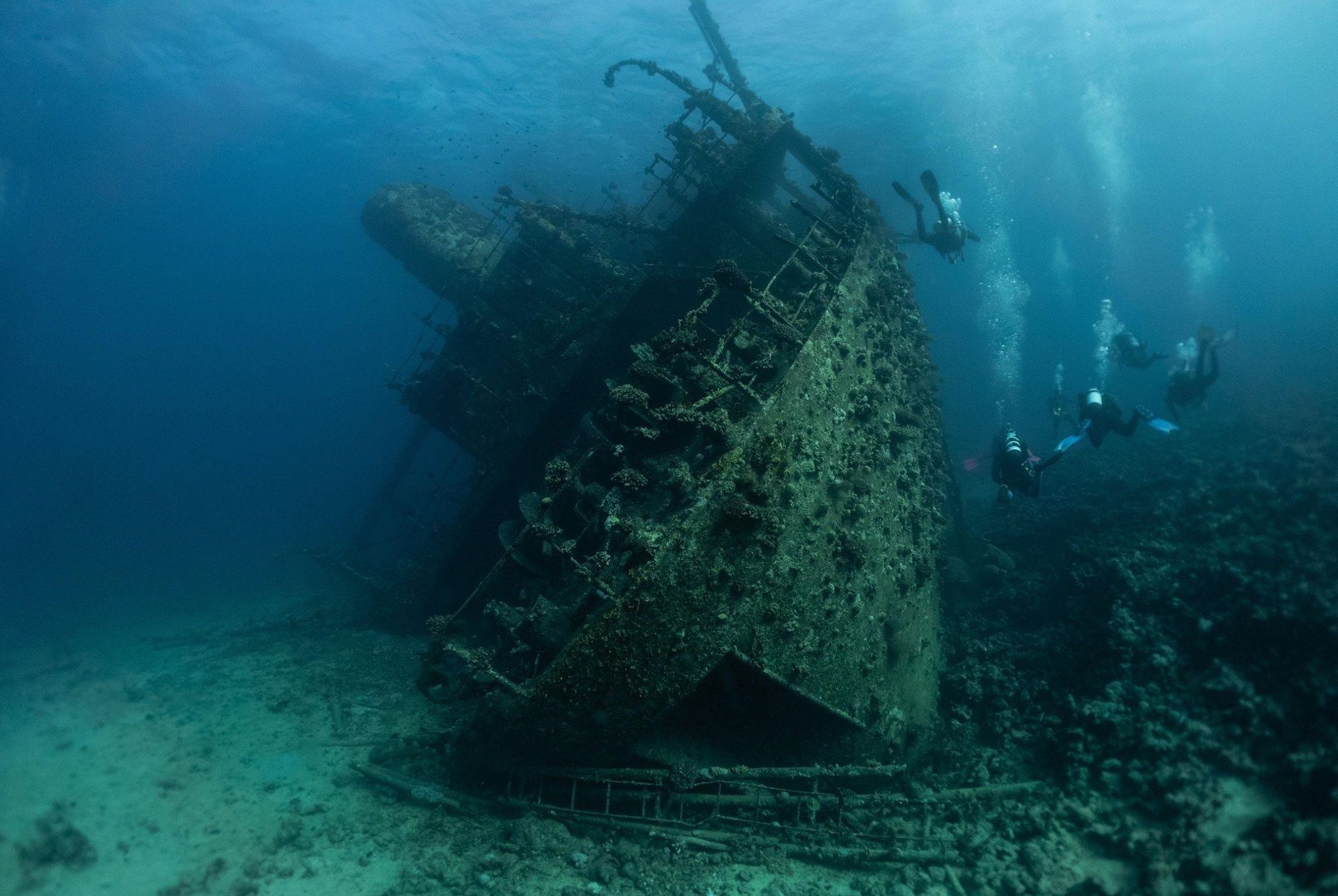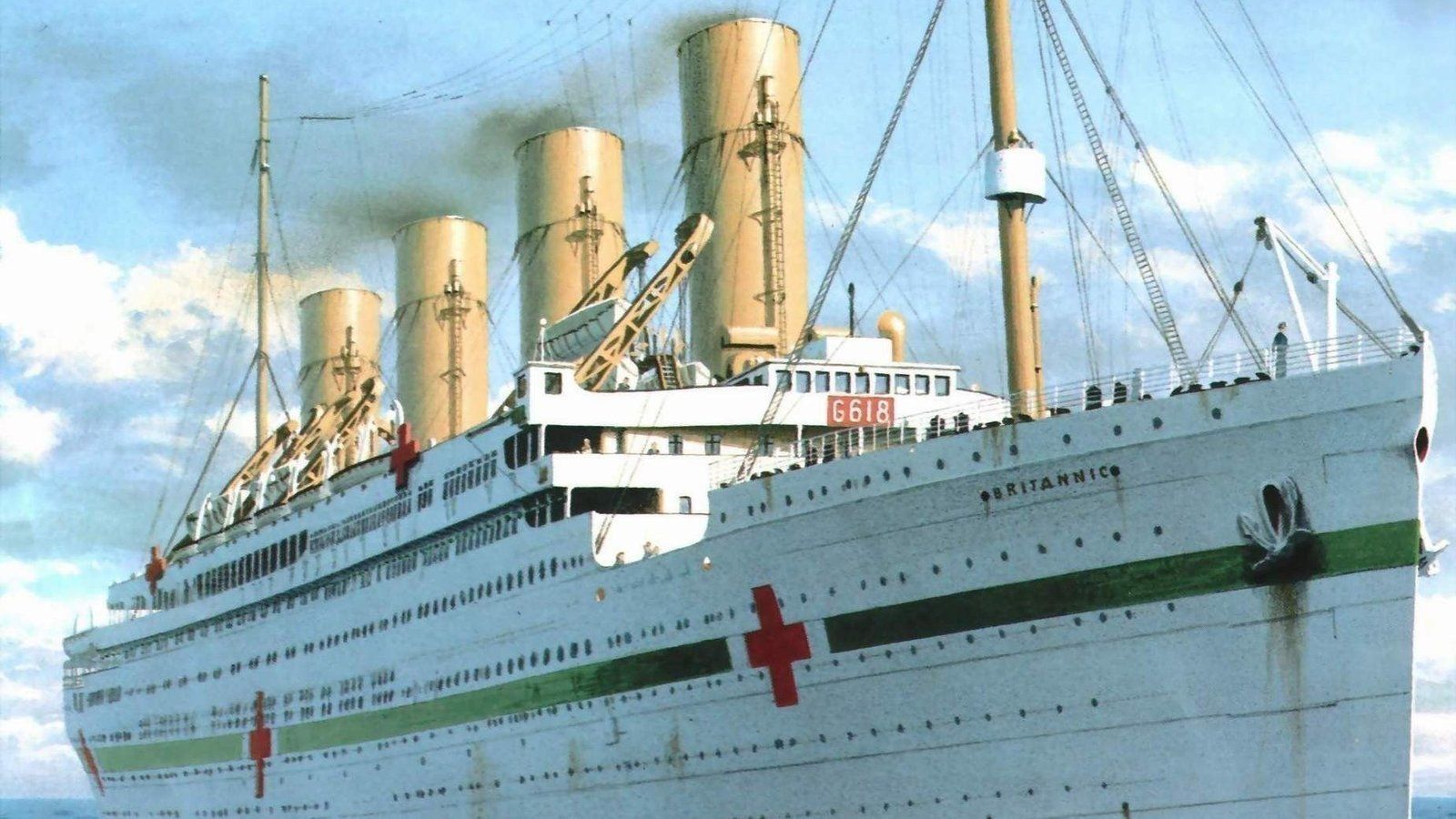
USS Thresher (SSN-593) was the lead boat of her class of nuclear-powered attack submarines in the United States Navy. She was the U.S. Navy's second submarine to be named after the thresher shark. On April 10, 1963, it sinks in the Atlantic Ocean, killing the entire crew. One hundred and twenty-nine sailors and civilians were lost when the sub unexpectedly plunged to the sea floor roughly 300 miles off the coast of New England. The story goes that, when the Thresher was conducting drills off the coast of Cape Cod. At 9:13 a.m., the USS Skylark, another ship participating in the drills, received a communication from the Thresher that the sub was experiencing minor problems. Other attempted communications failed and, only five minutes later, sonar images showed the Thresher breaking apart as it fell to the bottom of the sea.
The nuclear-powered Project 949A Antey, submarine Kursk sank in an accident on 12 August 2000 in the Barents Sea, killing all the 118 personnel on board. At 11:20 a.m. local time, an underwater explosion rocked the exercise area, followed two minutes later by an even larger explosion that sank it 354 feet underwater. A Russian Navy board of inquiry later determined that one of the submarine’s Type 65-76A super heavyweight torpedoes had exploded, causing the gash. The explosion was likely caused by a faulty weld that failed to hold the hydrogen peroxide fuel chamber together.

Giannis D was a cargo ship built in Japan in 1969. In 1983, the ship was on a voyage from Yugoslavia to Yemen, taking on a cargo of lumber. Once in the open sea, the captain had gave the ship to his junior and went to take a rest. He returned only to discover that the ship had drifted west of her set course and ran aground at full speed on the northwest edge of the Sha’ab Abu Nuhas Reef. The ship was written off as a total constructive loss and remained stranded atop the reef for several weeks afterwards. During a storm the ship broke in half and sank to the base of the reef.

After the famous Titanic, here is another great story to be heard. The HMHS Britannic was a sister ship of the infamous RMS Titanic. It was constructed by the same company i.e. the White Star Line after the sinking of the Titanic, and was intended to enter service as a transatlantic passenger liner. Britannic was launched just before the beginning of World War I. She was the safest of the three ships with 48 lifeboats, each capable of carrying at least 75 people. Therefore, they could carry at least 3,600 people, well above the ship's maximum capacity of 3,309. She operated as a hospital ship from 1915 until it sank near the Greek island of Kea, in the Aegean Sea in 1916. It was called the world's largest hospital ship. On the morning of 21 November 1916 she was shaken by an explosion caused by a naval mine of the Imperial German Navy near the Greek island of Kea and sank 55 minutes later, killing 30 people. There were 1,066 passengers. 1,036 survivors were rescued. Though, there is more to her story, this is the summary.
